Stories bring the neighborhood home: ‘The Belt’ online oral history project shares Montview residents’ recollections of quirky riverside enclave
| Published: 03-22-2024 1:49 PM |
On a springlike day in mid-March, three historians’ voices mingle with the buzzing of a drone. Claudia Lefko, Gail Hornstein and Ben James stand in the middle of the Montview Conservation Area while our camera captures the big picture — the vast, open land and the people who love it, here to honor the past and bask in the sun.
The three neighbors have launched “The Belt,” the promising beginning of an ongoing oral history project documenting life in the neighborhood, and they are here to give me a walking tour of the area, to bring the website to life. Montview is what Lefko calls an “agrihood,” less than a mile of land built on the historic flood plain of the Connecticut River that is now buttressed by the meadows on one side and downtown Northampton on the other.
Most agree that the Belt is so-named for its once-endless farmland, but we’ll unpack that later.
For now, we’re leaving the conservation area and walking by Lefko’s house at 40 Valley St., where she’s lived with her husband, Mac, since 1980.
“This is the ‘chicken urban’ concept,” Hornstein jokes as we pass Lefko’s yard, where four chickens roam inches from Montview Avenue. Its a microcosm of the neighborhood, compact yet true to its roots.
At the end of Montview Avenue is Williams Street, where the little white house at 107 Williams once stood.
“This was a 900-square-foot house and garden,” says Lefko, “and that’s kind of how the project began,” when the house, built in 1900, was sold to developers in 2021.
“It just made us think that even if things are changing in the neighborhood, what’s really worth noticing and preserving?” says James, a freelance writer and photographer. “We want to preserve the stories at the very least.”
Article continues after...
Yesterday's Most Read Articles
 Police report details grisly crime scene in Greenfield
Police report details grisly crime scene in Greenfield
 Super defers Amherst middle school principal pick to successor; one finalist says decision is retaliation for lawsuit
Super defers Amherst middle school principal pick to successor; one finalist says decision is retaliation for lawsuit
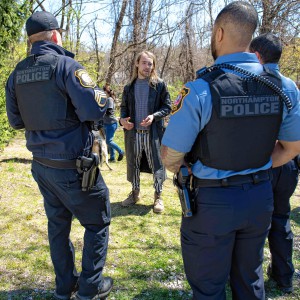 Homeless camp in Northampton ordered to disperse
Homeless camp in Northampton ordered to disperse
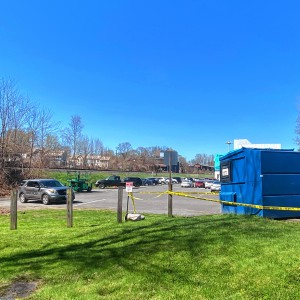 Authorities ID victim in Greenfield slaying
Authorities ID victim in Greenfield slaying
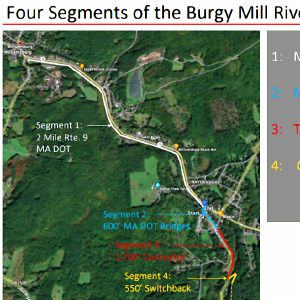 Haydenville residents resist Greenway trail plan, float alternative design
Haydenville residents resist Greenway trail plan, float alternative design
 Locking up carbon for good: Easthampton inventor’s CO2 removal system turns biomass into biochar
Locking up carbon for good: Easthampton inventor’s CO2 removal system turns biomass into biochar
So one of the first people the trio interviewed was Hank Kowalski, an 89-year-old whose Polish grandparents owned the house and grew onions in the meadows.
After he was born at Cooley Dickinson Hospital in February 1935, Kowalski went to live with his grandparents — who had 10 children — in the tiny house with one half-bathroom.
“That place, 107 Williams Street, didn’t have no bathtub,” Kowalski says on the website. “Every Saturday they had to take the tub out and we’d wash in the tub, or if we were working on the onions, they’d take us over to the Connecticut River with our soap, and that’s where we would wash up. Imagine that?”
The river was a character with a story arc of its own. During the floods of 1936 and 1938, water swelled into the streets, forcing many residents to boat to higher ground. (On the site are harrowing photos from residents Mike Willard and Martha McCormick.) Meanwhile, the Hockanum Ferry traveled from Northampton to Hadley’s Summit House, a popular destination due to its panoramic views of the area. After the floods, the dike was built — a process neighbors like the late Joan Fortier watched from start to finish. Today the Northampton Wastewater Treatment Plant sits at 33 Hockanum Road.
On the other side of Williams Street, toward Holyoke Street, is the former Williams Street School, a red-brick building constructed in 1928. Many residents featured on the site went to elementary school there before it was converted into condos in 1982.
“If you lived in the Williams Street School district, you lived in the Belt,” writes Richard Szlosek in an undated article on the website. His family owned the old bakery at 376 Pleasant St. The longtime columnist for the Daily Hampshire Gazette explores the origins of the interestingly named neighborhood in the piece. Some people thought it was on “the wrong side of the tracks,” he writes, perhaps due to its “half dozen bars.” But, he points out, there were also “service stations, three corner groceries, the Sanitary Laundry, the Clark Coal Co., Al’s Snack Bar, Mike the barber next to the great old shoemaker, Mr. Himmeleski, and my family’s Imperial Bakery.”
Residents Fortier and Kowalski have an edifying exchange about the Belt’s origins during their interview with Lefko, Hornstein and James.
“All my years and everybody’s years, this was the Belt,” says Fortier on the website. “But nobody knew why it was called the Belt. So we decided maybe it was named after Pleasant Street because there’s a lot of wine — a lot of bars … We finally found out just two years ago, the belt is farmland. And we never — my father could never answer me, either. The belt is farmland. My oldest son brought it to me. It was in the dictionary.”
“I understand what Joan mentioned about the barrooms,” says Kowalski. “Yeah, so you know in the old saying years ago, ‘Oh let’s take a belt’? A slug of whiskey, you know, a belt. That used to be said a lot. Now maybe that had something to —”
“Well, I hate to burst your bubble,” Fortier interrupts. “That’s not what it is. The belt is — the belt is farmland. That puzzle is solved, and you’re not going to change my mind.”
Without my guides, I would have missed these stories, which is exactly the point of the website. By encouraging people who may have felt unseen that their stories are worth telling, the three neighbors are celebrating what makes a place feel like home. “This is a way to say we count, everybody counts,” says Lefko.
“Almost by definition for an oral history project, you’re asking people who wouldn’t otherwise be major historical figures to share their own experiences. Those experiences are worth preserving,” says Hornstein, a former psychology professor at Mount Holyoke College.
After walking down Hockanum, we’re back at the beginning, an open field where kids come to play soccer and Frisbee and City Councilor Jim Nash mows the lawn for free. James’ house is in the distance across land once called Town Farm. Across the street is the 13-year-old New Village day care.
Reid Bertone-Johnson, a lecturer in landscape studies at Smith College, and his 13 students have been in the neighborhood lately to find out even more about Montview, and Historic Northampton will house all of The Belt’s audio files in their permanent collection.
“I appreciate that it’s very privileged to have this, to be able to live here,” says Lefko. “All this open space, and a place to grow my own food and stuff. And it’s not like we’re trying to save it for ourselves. The project is meant to find out how we can share it and get other people to share it with us.”
Learn more about the Belt at www.thebeltnorthampton.com.
Melissa Karen Sances lives in western Massachusetts, where she’s working on a memoir and writing extraordinary human interest stories. Reach her at melissaksances@gmail.com.

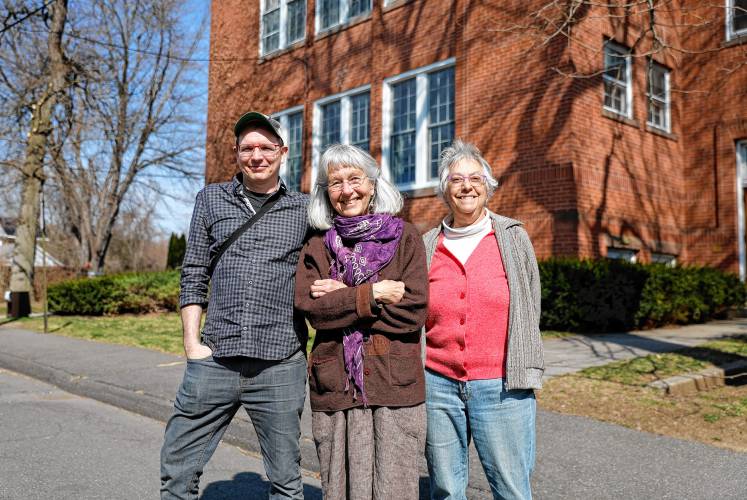

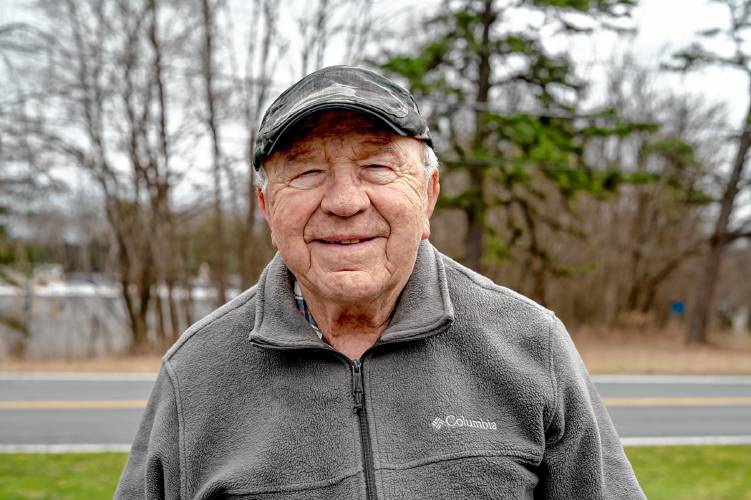

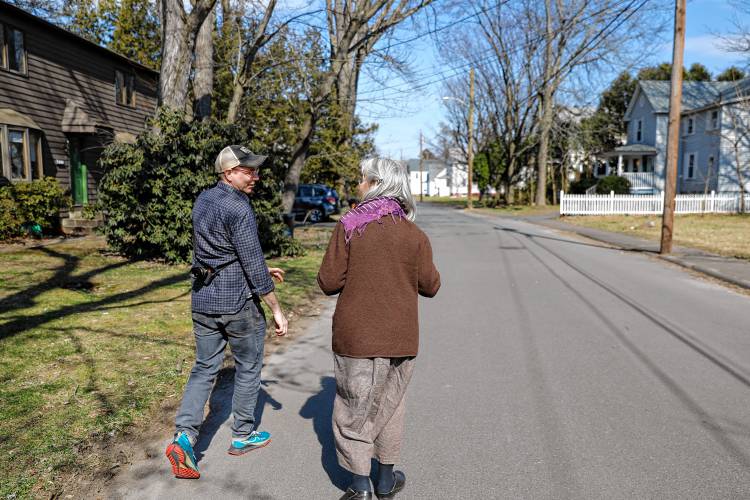
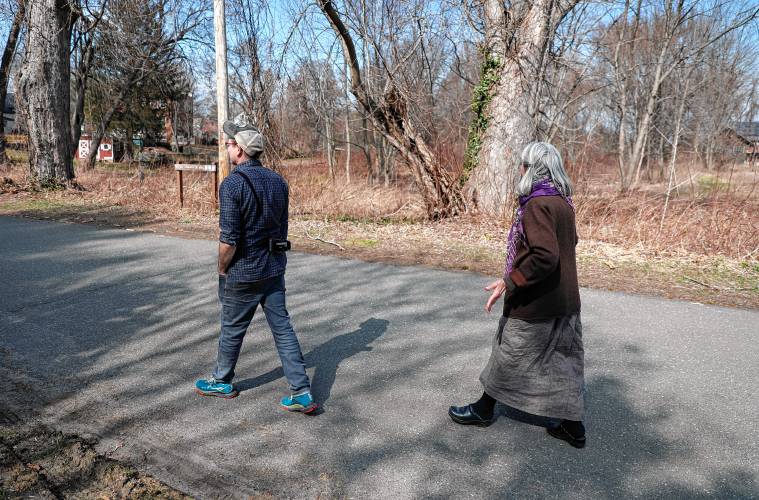
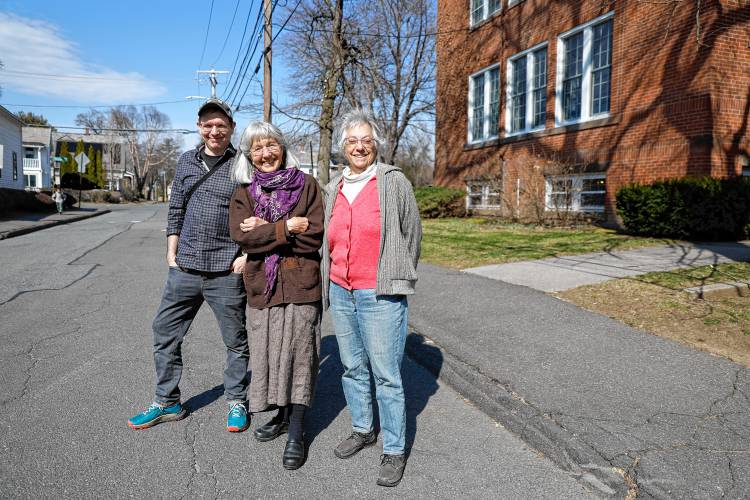
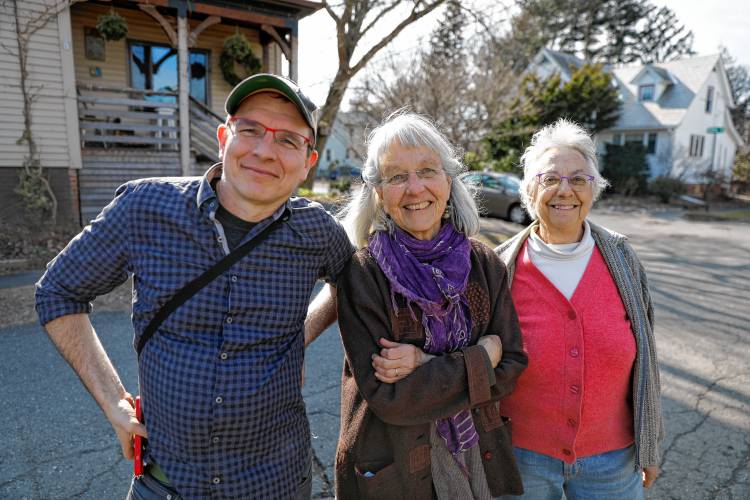
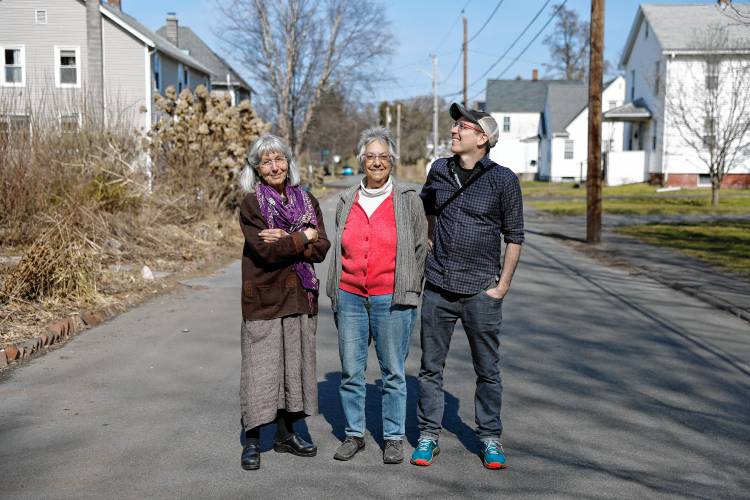
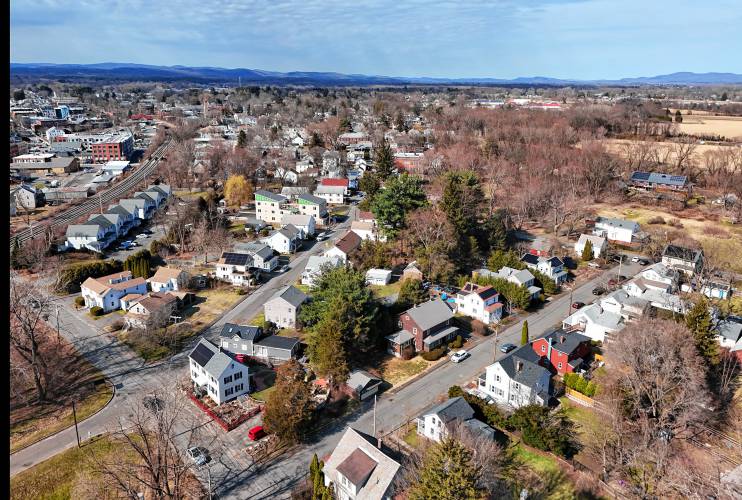
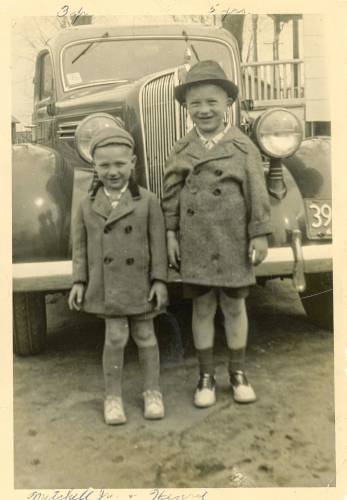
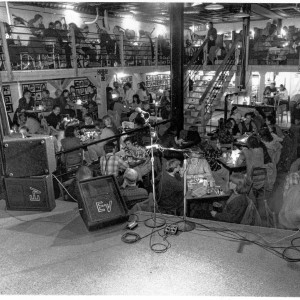 The Iron Horse rides again: The storied Northampton club will reopen at last, May 15
The Iron Horse rides again: The storied Northampton club will reopen at last, May 15 The power of poetry: U.S. Poet Laureate Ada Limón to speak at Smith College
The power of poetry: U.S. Poet Laureate Ada Limón to speak at Smith College Upon Nancy’s Floor: 33 Hawley event celebrates iconic dancers, history, and a new dance floor
Upon Nancy’s Floor: 33 Hawley event celebrates iconic dancers, history, and a new dance floor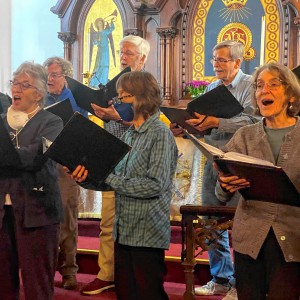 Embracing both new and old: Da Camera Singers celebrates 50 years in the best way they know how
Embracing both new and old: Da Camera Singers celebrates 50 years in the best way they know how
